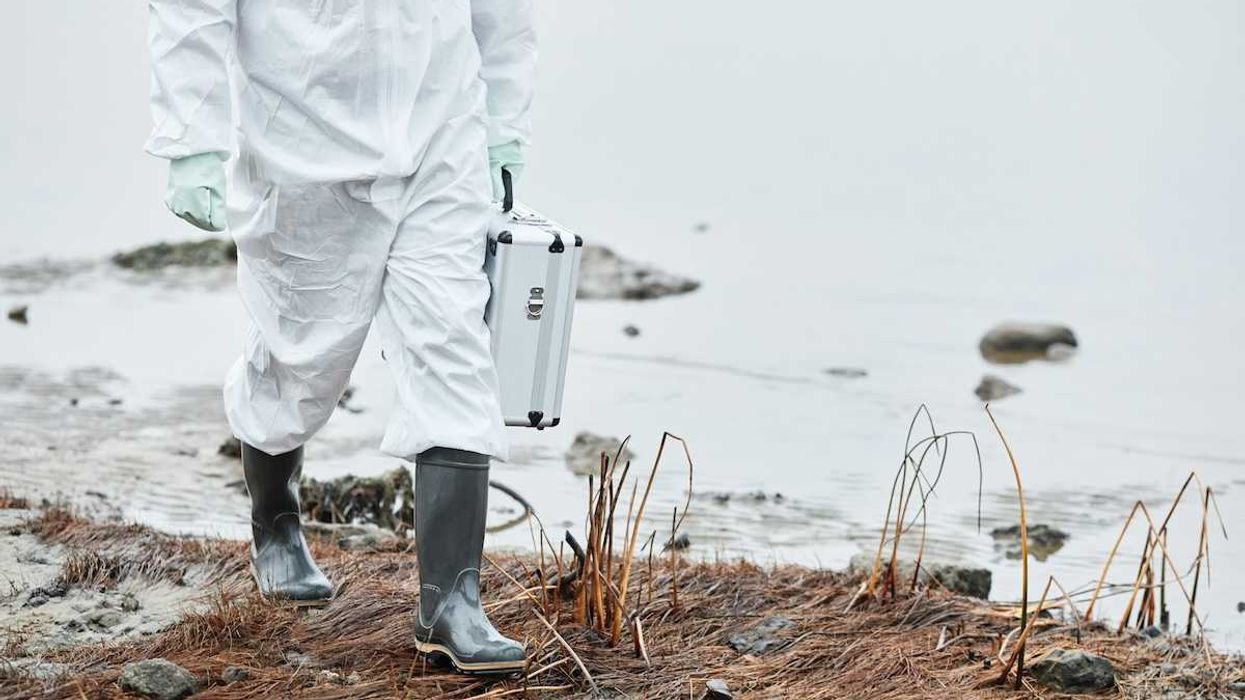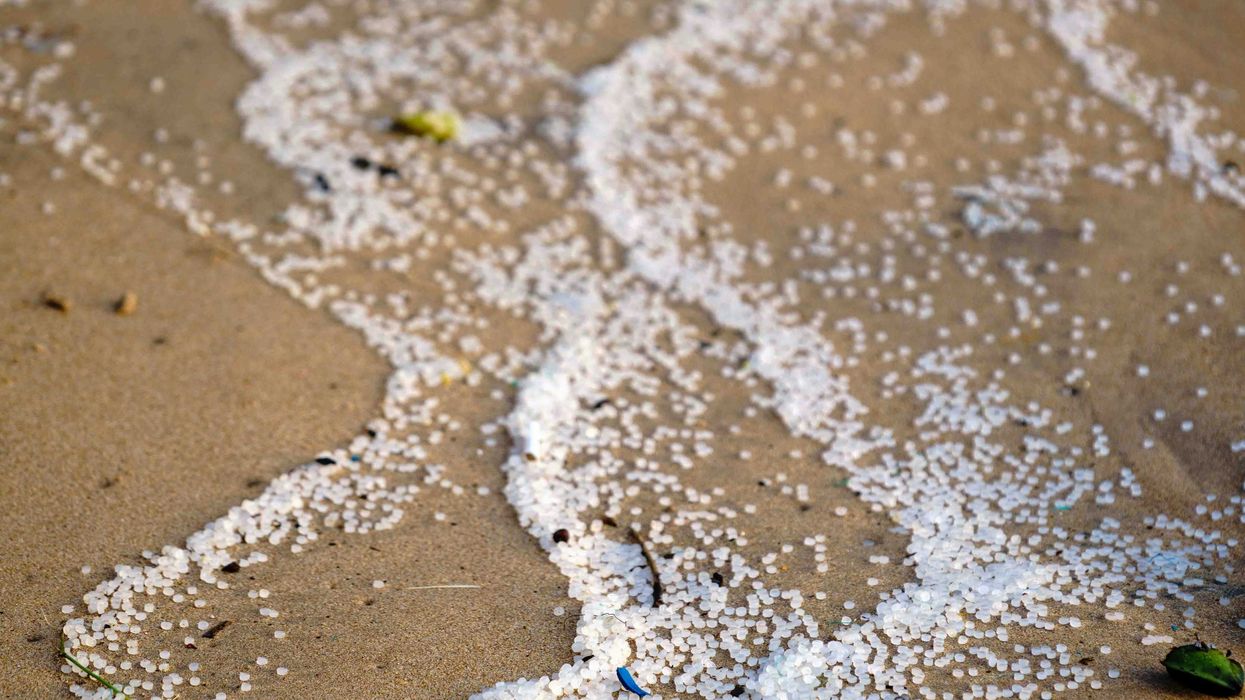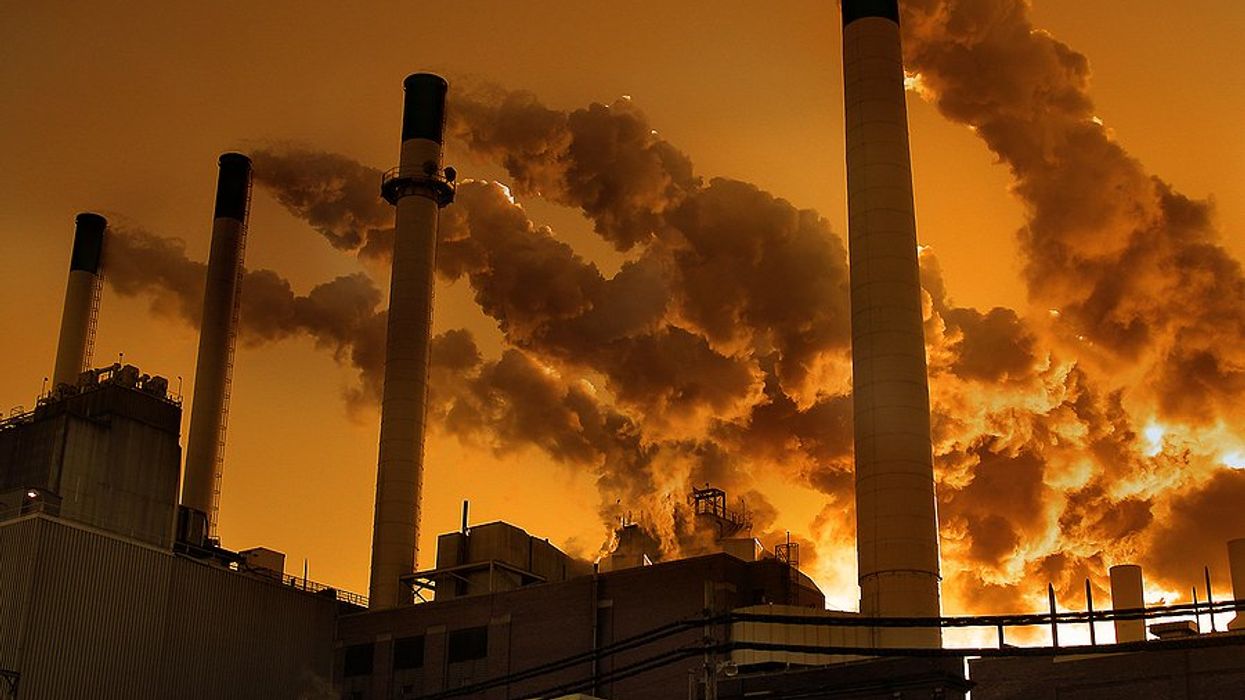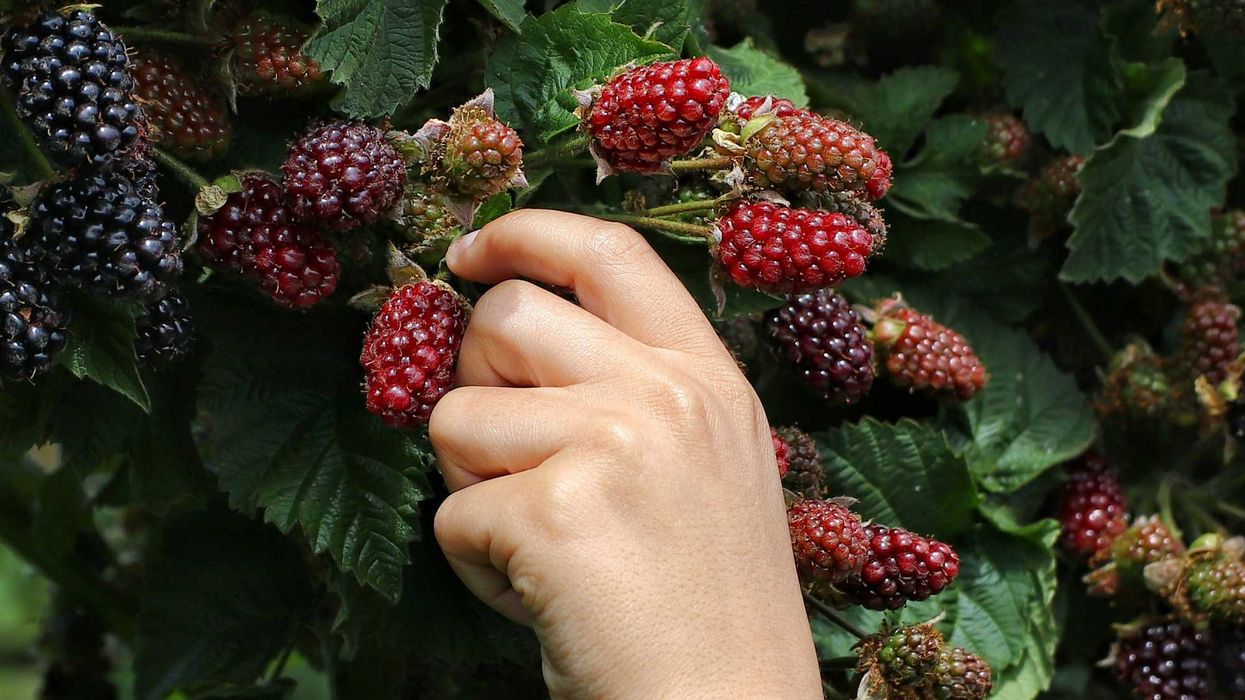Per- and polyfluoroalkyl substances (PFAS) used in pesticides are showing up in fish, food, and water across the United States, prompting concern from scientists and environmental advocates about potential health and ecological impacts.
Meg Wilcox reports for The New Lede.
In short:
- U.S. Geological Survey scientists have found PFAS pesticides and their breakdown products in fish and waterways across the Chesapeake Bay watershed, with similar detections in California’s agricultural valleys.
- PFAS compounds are widely used in pesticides because they don’t degrade easily, but that persistence raises risks as the chemicals accumulate in soil, water, and food — especially in commonly eaten fruits and vegetables.
- Despite health concerns and mounting evidence of environmental contamination, the U.S. Environmental Protection Agency is considering approval of new PFAS-based pesticide ingredients under the Trump administration.
Key quote:
“Industry likes to tout how they don’t have to reapply them as often, but they’re accumulating in soil, in crops and in water, and it’s having all kinds of impacts on living things.”
— Bonnie Raindrop, program manager at the Maryland Pesticide Education Network
Why this matters:
The use of PFAS chemicals in pesticides adds a direct route into food and water, raising concerns for long-term health impacts, including cancer, thyroid disorders, and reproductive harm. These chemicals have been found in baby food, produce, and groundwater. Scientists worry about cumulative exposure — eating small, “safe” amounts repeatedly over time. The fact that PFAS pesticides are used in large agricultural regions means contamination can travel through rainwater, leach into soil, and enter rivers and wildlife. Once present, they’re nearly impossible to remove, making prevention a top concern for environmental and public health.
Learn more: Another PFAS-containing pesticide headed for US registration














